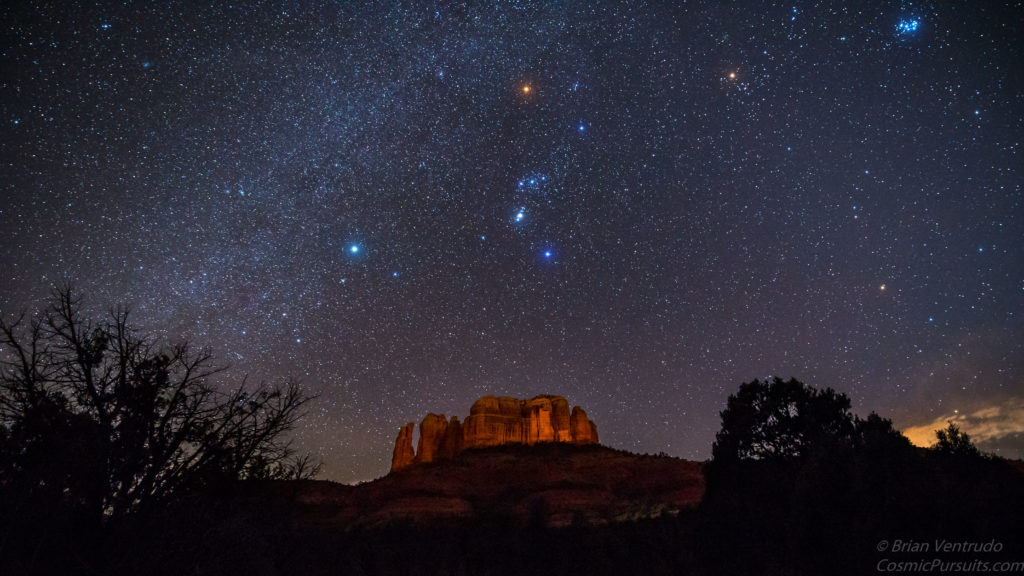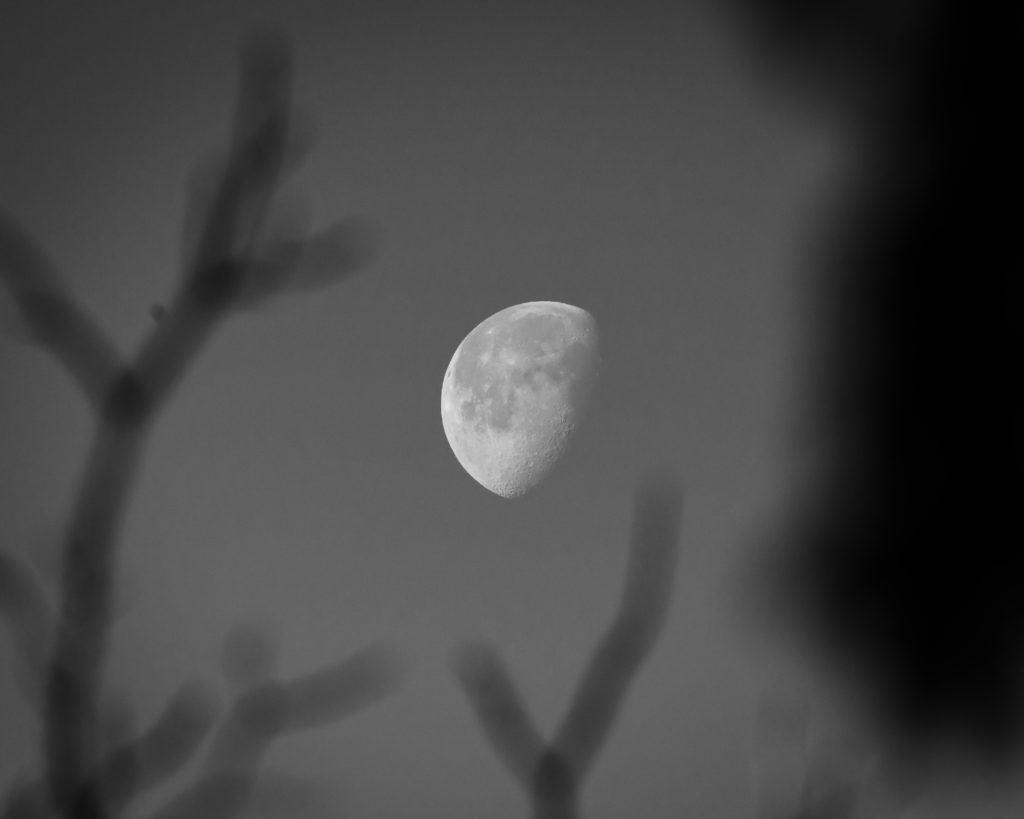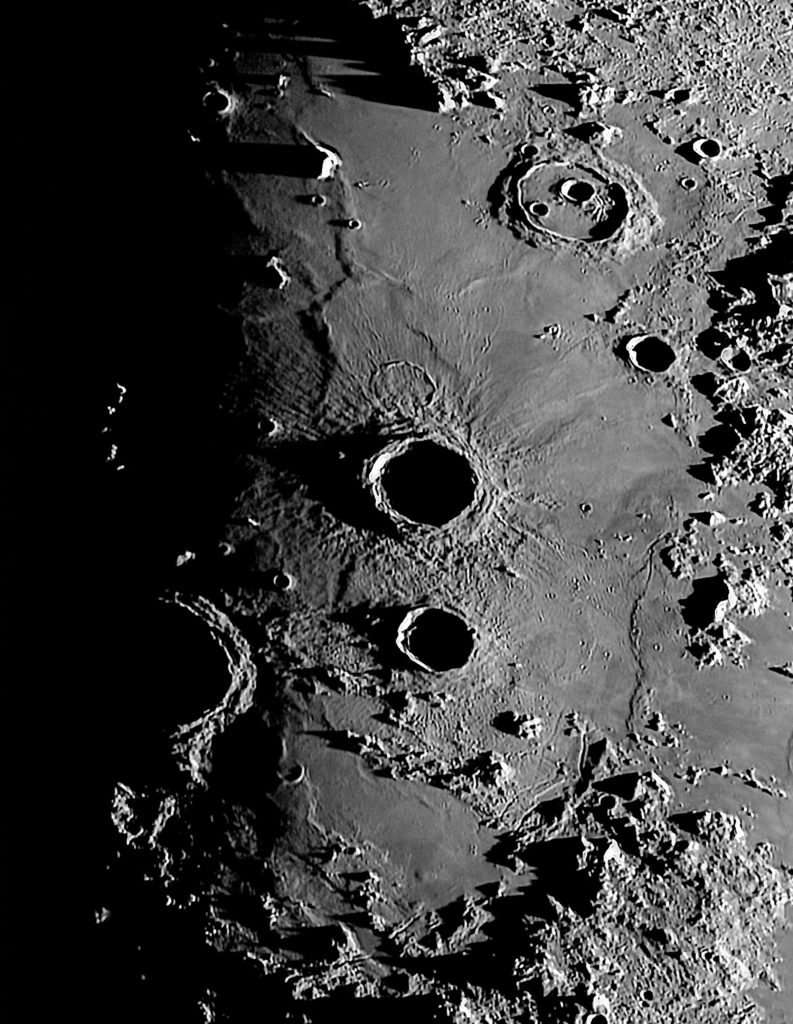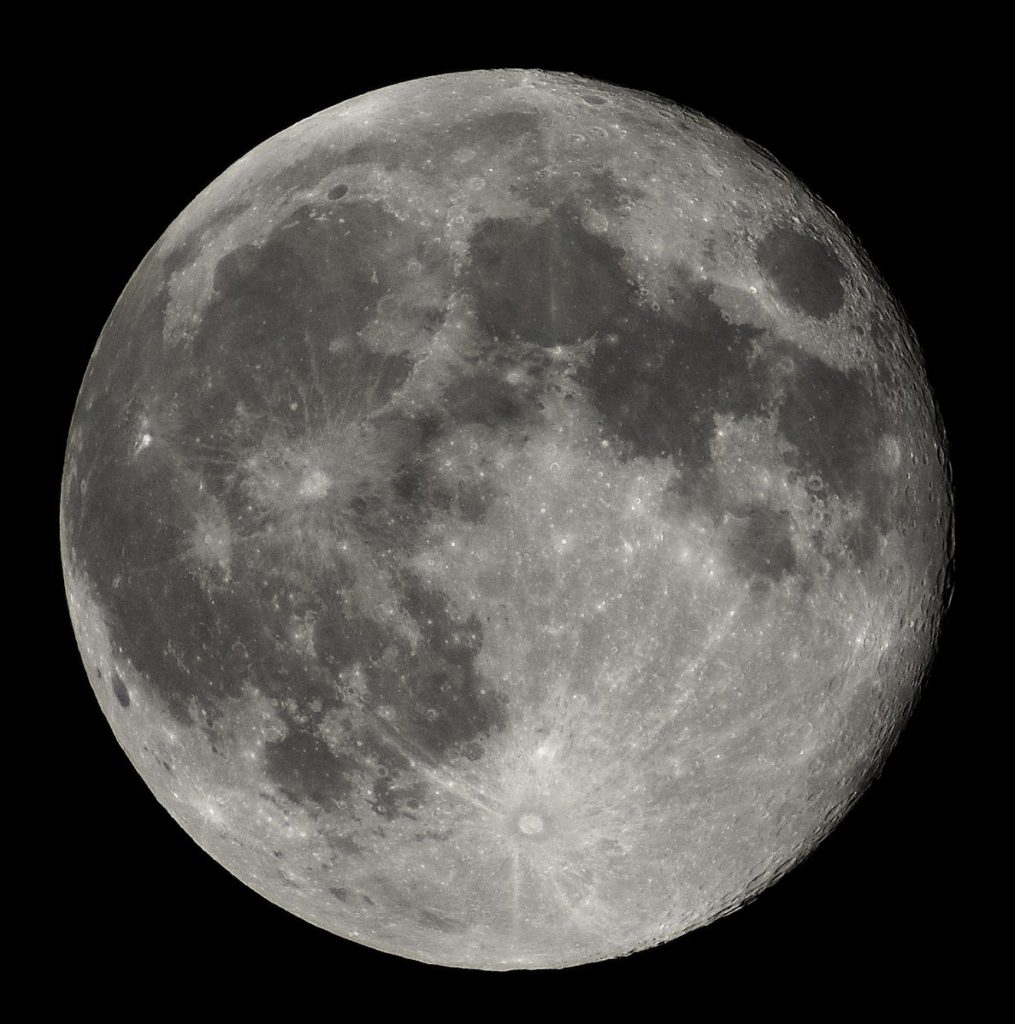
If only capturing all nightscape images was this easy! In the international dark-sky community of Sedona, Arizona, where artificial lighting is strictly controlled, you can simply pull over by the side of the road on the outskirts of town on a clear night, set up your camera on a tripod, and release the shutter. Chances are you’ll capture something good.
This image of the winter stars over the red sandstone formation known as Cathedral Rock, taken in mid-February, required only slightly more planning. After a day hike up to a saddle point in this conglomeration of red sandstone, I noted the orientation of this famous landmark relative to the sky as seen from trailhead, waited for a clear night, and snapped away. Here you see the stream of the winter Milky Way at the upper left, and the winter constellations from Canis Major at lower left, through Monoceros and Orion at center, to Taurus at the upper right [Read more…] about The Winter Milky Way Over Cathedral Rock
Share This:

